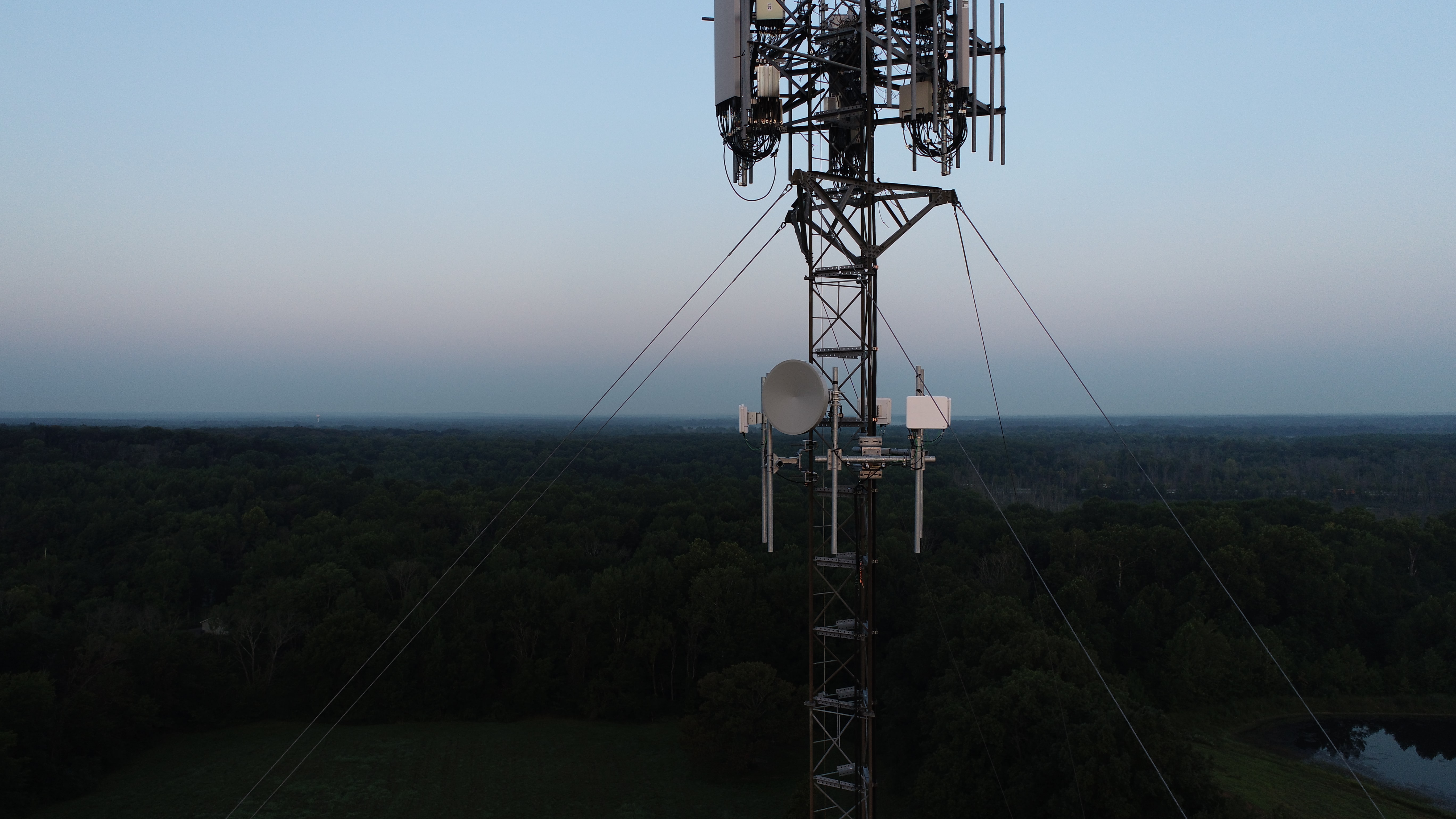Operators interested in applying for funding from the U.S. BEAD (Broadband Equity, Access, and Deployment) program know one of the requirements for FWA deployments is that it be what the NTIA deems “reliable”. Reliable, in this case, refers to the use of licensed spectrum or a hybrid of licensed and unlicensed spectrum. Given this requirement, it’s worth taking a moment to explore what this type of reliable FWA might look like.
First, the BEAD Notice of Funding Opportunity (NOFO) defines reliable as follows:
Reliable Broadband Service —The term “Reliable Broadband Service” means broadband service that the Broadband DATA Maps show is accessible to a location via: 10 (i) fiber-optic technology; 11 (ii) Cable Modem/ Hybrid fiber-coaxial technology; 12 (iii) digital subscriber line (DSL) technology; 13 or (iv) terrestrial fixed wireless technology utilizing entirely licensed spectrum or using a hybrid of licensed and unlicensed spectrum.
Hybrid in this case refers to the Broadband Data Collection Fixed Technology Code 71, which states:
Fixed terrestrial wireless service using entirely licensed spectrum or using a hybrid of licensed and unlicensed spectrum, including services provided over a 4G LTE or 5G-NR mobile network but sold as a fixed solution; services using the CBRS band / 3.5 GHz spectrum (whether licensed, licensed-by-rule, or a combination thereof); or services using licensed microwave, etc.
As this definition demonstrates, the mix of unlicensed to licensed (and the role each plays) is left open for potentially broad interpretation.
The Role of CBRS
For operators who don’t have access to more traditional licensed spectrum, Citizens Broadband Radio Service offers an easier way to meet the licensing requirement. CBRS is a shared spectrum with 3 tiers of users: incumbents, Priority Access License (PAL), and General Authorized Access (GAA). While the PAL auctions have already passed, there is a growing secondary market for those looking to acquire PALs. For more information on CBRS, check out our blog and CBRS primer.
Although CBRS has a licensed portion of spectrum (PAL) and a lightly licensed, or license by rule, portion (GAA), both are considered licensed and, therefore, meet the definition of reliable. This is particularly helpful for anyone who does not own a PAL or is looking to expand their bandwidth beyond the 40 MHz of a PAL available to licensees in a given area.
Hybrid Developments
Hybrid, as the name suggests, is a combination of licensed and unlicensed spectrum to deliver fixed-wireless broadband. What, exactly, a hybrid deployment might look like is not defined so this is a conversation that will happen between the operator and the state. One example would be using CBRS for last mile subscriber links and unlicensed for backhaul but more examples may arise as conversations between the NTIA and WISPA, operators, and equipment manufacturers continue. Capital Hill is also joining this discussion with the NTIA as well.
If you just can’t wait to learn more, check out our other blogs or some of our favorite customer links. Or reach out to us at info@taranawireless.com. We’d love to hear from you.


